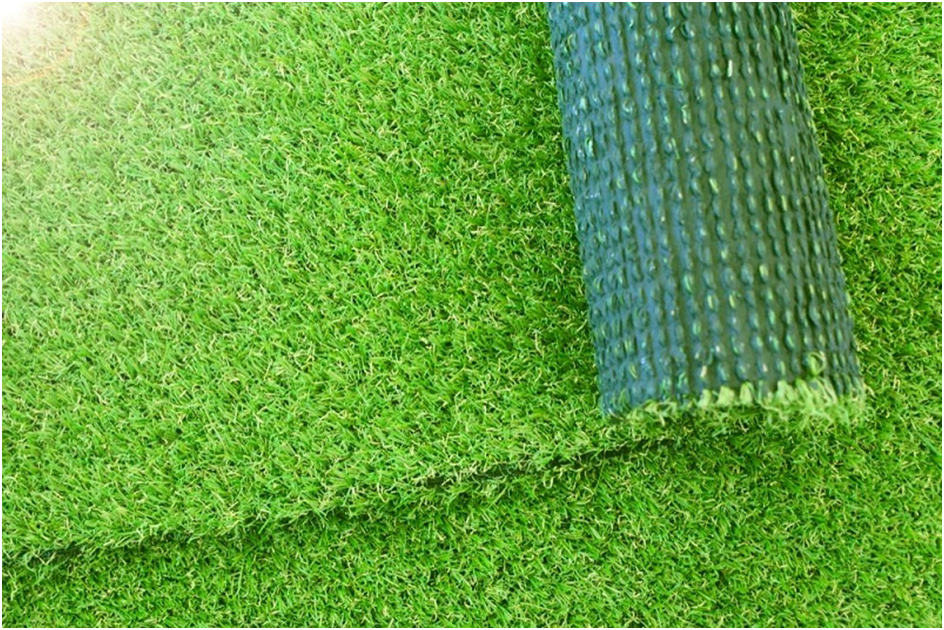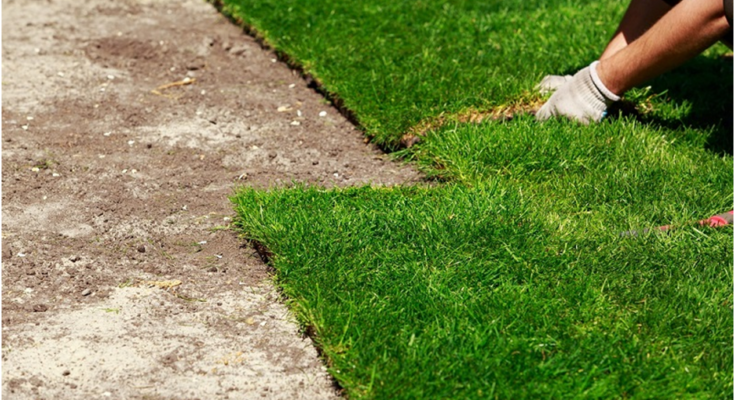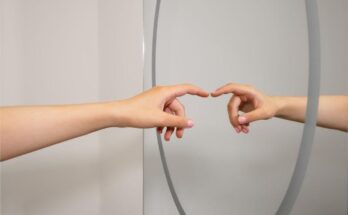Synthetic turf, also known as artificial grass, has been used in the United States since the 1970s and has grown in popularity ever since. It’s easy to see why. This resilient alternative to natural grass requires little upkeep, which saves homeowners time and money, and it’s also highly durable and weather-resistant, even better than natural grass in some cases! Synthetic turf can be found everywhere from college campuses to commercial property owners to your own backyard!
Read on to learn more about synthetic turf to have an overall better understanding!
Get The Facts on Synthetic Turf: Why It’s A Smart Choice For Your Home Or Business
Many companies and property owners select turf, particularly concerned about their environmental legacy.
- Water conversation: If a home or company qualifies for LEED credits, it may be eligible for tax credits or incentives since synthetic turf helps conserve water. Leadership in energy and environmental design, LEED. It implements to recognize businesses and residences for constructing more environmentally friendly buildings.
- Emissions of gas: Synthetic turf conserves water and does away with mowing. According to the EPA, one hour of gas-powered push mowing emits the same amount of nitrogen and organic compounds as eleven cars driving for one hour each.
- Chemical pollutants: You need a basic fertility program that includes fertilizer and decorative treatments for weed control to maintain natural grass properly. But herbicides, fertilizers, and other chemicals used in landscaping are not required after installing synthetic turf because there are no weeds to control.
- Make it a more different landscape: A well-kept natural lawn is lovely to see, but the availability of synthetic turf gives homes and businesses a wide range of possibilities for designing more intriguing landscapes that resemble the real thing.
- Areas of recreational value for houses and businesses: To create a welcoming ambience that is more engaging than the concrete alternative, outdoor pubs and restaurants are now installing synthetic turf. Because of its superior wear resistance, it can handle the traffic, stress, and crowds of sporting events.
- Endless options for designs: It has advanced significantly. These days, you may choose from dozens of turf varieties, each with its pile height, colour thatch, and fibre.
A Step-By-Step Guide to Installing Synthetic Turf:
- Install the geotextile cloth once the area has been graded. Generally, soft soils like sand will stabilize using woven cloths. In situations where drainage and separation must be improved, pick a nonwoven fabric.
- Add 2 to 6 inches of#8 stone or a comparable aggregate over the geotextile fabric. A#8 stone is used in this installation. Pea gravel should not use since the rounded stones will cause the turf to shift and slip.
- To ensure the turf will be laid on a level surface, grade the area once more. Utilize a vibrating plate compactor o compact.
- After unfolding the turf, use a utility knife to trim any extra material. Sod staples are used to secure the turf to the sub-base. Use screws if you are anchoring into concrete.
- Add infill to make the turf heavier, avoid matting, and enhance drainage to disperse the infill for synthetic turf. Spread the infill uniformly with a power broom to make the turf stand straight.
The Lifespan of Synthetic Turf: How Long Does It Last?
A turf typically lasts between five and fifteen years. But a few elements affect the witch’s resilience. The following things affect lifespan:
- The volume of foot traffic in the area.
- The objective of using surfaces
- The UV stabilization factor for colour preservation.
- The calibre of the materials you select for installation
- Whether or not the surfaces are periodically maintained.
- The types of substances to which the surfaces are exposed.

Conclusion:
At the end of the day, synthetic turf will save you time and money, but you need to follow these steps when installing synthetic turf yourself. If you don’t, you run the risk of having to pay someone else hundreds or thousands of dollars to repair or replace it. Hopefully, this helpful guide walked you through every step about installing synthetic turf correctly for you to add in your new lawn, making it beautiful looking in no time!




